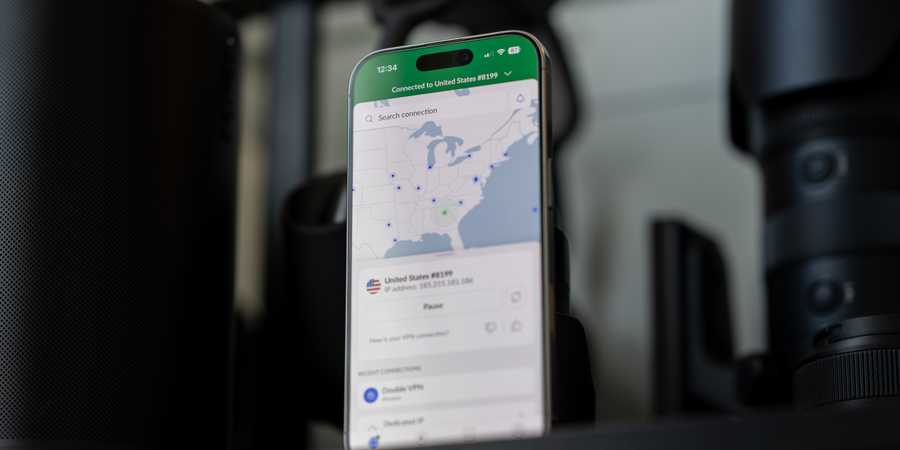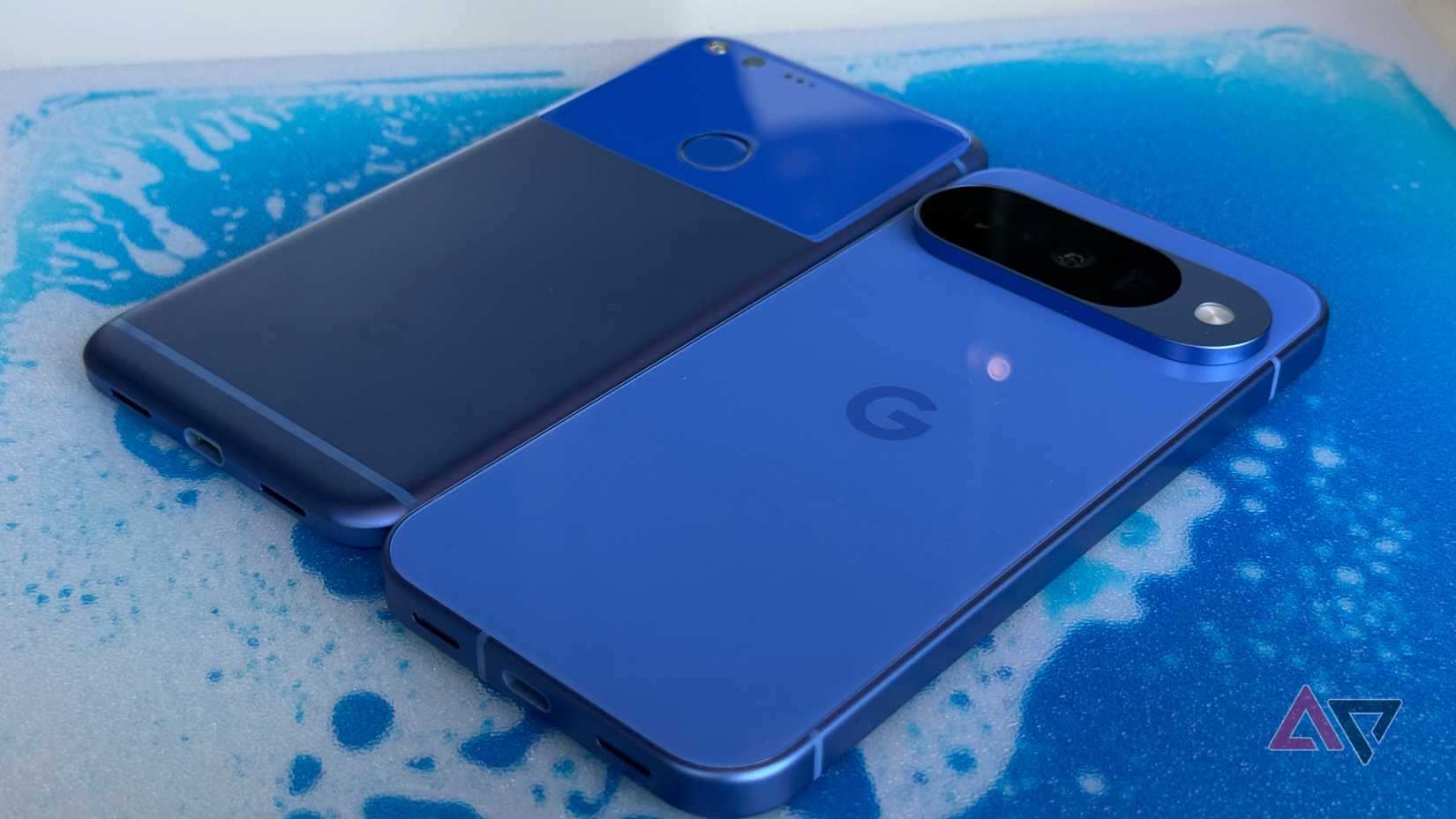Every year, phone manufacturers release new phones, tablets, smartwatches, earbuds, and accessories in an attempt to open our wallets. Sometimes, a new phone marks a significant departure from its predecessor, whether in the hardware inside or the design of the phone. The Google Pixel 6 is a classic example of a dramatic departure in terms of hardware and design. On the other hand, the Samsung Galaxy S25 is an example of a phone that offers a subtler upgrade over these areas (And that’s being generous).
In the example of the Galaxy S25, it’s relatively easy to avoid temptation. Got an S24? You won’t notice much difference, so it’s not worth upgrading, as the new hardware is expensive and irrelevant for most people. The problem isn’t limited to Samsung either. While ten years ago the jump between new generations of devices was significant across all manufacturers, nowadays you should keep your phone for longer. It’s just because of boring updates, either.
Longer software support is a standard now
Seven years is a long time for a phone
Even if you don’t care about the latest mobile hardware, you should always check that your phone is up to date on security patches. Phone manufacturers regularly update their devices to patch exploits and fix dangerous bugs, but it’s a never-ending battle. As manufacturers release new phones, they stop updating older devices, leaving them vulnerable to security exploits. If you use a phone that doesn’t receive security updates anymore, you’re in danger of having your personal or financial information stolen.
We always recommend using a phone that actively receives security updates. The length of time a phone receives updates varies between manufacturers, but if you’re using one of the latest Samsung Galaxy or Google Pixel phones, you can count on seven years of updates.
Seven years is a long time for a phone. Much of the discussion around this lengthy update time revolves around whether the phone’s hardware will still perform adequately seven years down the line. Nevertheless, if you pick up a Google Pixel 8, Samsung Galaxy S24, or any successor to these phones, you can use it safely, knowing you won’t need to upgrade for another seven years.
Hardware improvements are getting smaller every year
New phones are only marginally more powerful than their predecessors
Improvements in processing speed, cameras, and display technology are becoming less remarkable every year. As chip manufacturers start to reach the limit on how much power they can pack into a phone, the new approach tends to revolve around how chipsets can be designed to perform specific tasks. Google’s Tensor chips, found in every Pixel phone since the Pixel 6, are designed for machine learning tasks. They can’t match the power of the latest Snapdragon 8 chipsets, but for AI enthusiasts, they’re ideal.
Nevertheless, all chipsets found in flagship and midrange phones today are capable of easily handling everyday tasks. Even cheaper phones like the Nothing Phone 2 Pro (£219) offer fantastic performance that won’t struggle to perform tasks outside of running demanding games and intensive video editing.
A new midrange or flagship phone bought today will have the hardware to last you for years. Flagship devices like the Pixel 9 or Galaxy S25 should certainly last you for their seven years of software support.
The environmental cost is high, and greenwashing is rampant
Greenwashing tactics from manufacturers hide the real problem
In 2022, an estimated 5.3 billion smartphones were disposed of. It’s impossible to tell how many of these were traded in, sold on, or recycled, but we know that many are simply being thrown away. Mobile phones contain toxic, rare, and valuable elements, so the cost to the environment is more than just mounting piles of metal.
Manufacturers love to tout their phones as made of recyclable materials, but less than 16% of e-waste is recycled. Devices like the Fairphone 6 are a step in the right direction, but these phones are also subject to degradation, no matter how many times you repair them.
The most environmentally friendly solution then is to hold onto your phone for as long as possible, then make sure you recycle it correctly when it’s time to move on. Whatever you do, don’t throw it in the bin!
Wait for the AI hype to slow down
New Android software is less stable than ever
AI is the big thing in tech right now, but it’s still in its infancy. Developments, controversies, and exciting new features are hitting the news every week, and there’s no sign of it slowing down. What this means for us is that new phones are shipping with AI tools as their flagship features. Unfortunately, as we saw in the case of the Samsung Galaxy S25, this approach results in a phone with half-finished software and near-identical hardware to its predecessor.
If you like your phones to ship with working software, we recommend waiting a couple of years. If manufacturers find a way to implement stable and useful AI features on our phones (and that’s a big if), how we use our devices will be drastically different from today. But we’re not there yet, so you’re best sitting out the current craze until new phones ship with working software again.
People are replacing their phones less frequently
In 2009, people were replacing their phones on average every 2.9 years. In 2025, this time has increased to 3.5 years. That’s nearly a whole generation of phones skipped, which makes sense once we consider the factors outlined above.
Your phone is capable of sticking around for longer than you think. While it’s easy to be tempted by exciting new phones (The Nothing 3 and Motorola Razr 2025 come to mind), take a moment and consider your current device first. If you desire a refresh, try a new launcher for a completely different software experience.






